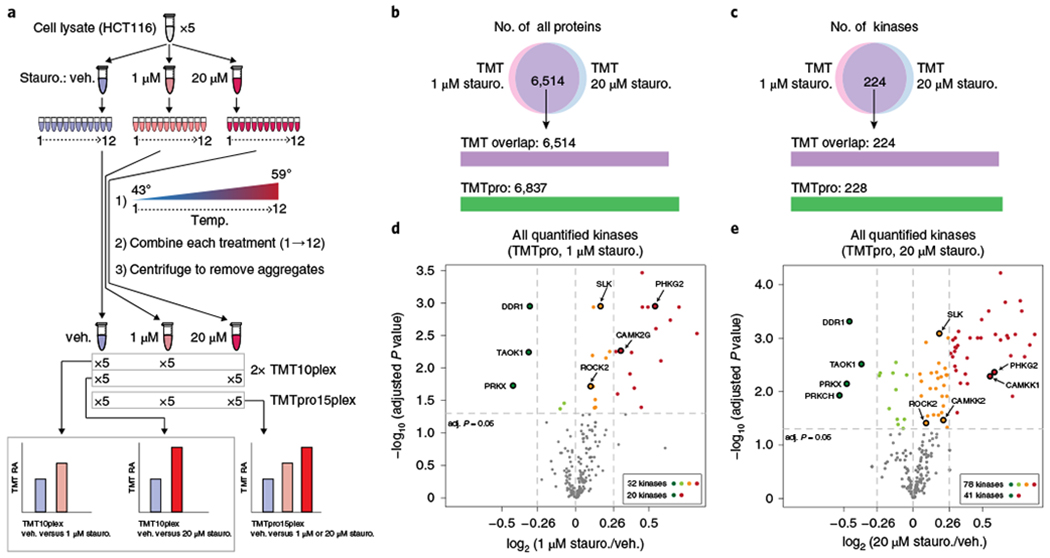Fig. 4|. Application of TMTpro to a two-dimensional PISA assay.

a, Workflow of sample preparation. HCT116 cell lysate was divided into three aliquots and treated with the broad-spectrum protein kinase inhibitor staurosporine (stauro.). The experiment was carried out in quintuplicate. Each sample was subsequently divided into 12 tubes and a heat gradient was applied. An equal volume from each tube was pooled, centrifuged, digested and labeled with the first ten channels of TMT or the first 15 channels of TMTpro. Soluble protein abundance in vehicle (veh.) and staurosporine-treated samples, which represents the area under the melting curve, were used to measure the effect of staurosporine on protein thermal stability. b,c, TMTpro-labeling quantified proteins (b) and kinases (c) with no missing values for the PISA assay. d,e, Volcano plots of all quantified kinases under staurosporine treatment (TMTpro). Thermal stabilities of 32 kinases were affected by 1 μM staurosporine and 20 showed ≥20% AUC changes (log2 ratio cutoff 0.26; d). Seventy-eight kinases were affected by 20 μM staurosporine and 41 showed ≥20% AUC changes (e). Destabilized kinases (dark green) and top five kinases showing high affinity to staurosporine among stabilized kinases (from database ‘The IUPHAR/BPS Guide to PHARMACOLOGY’) are labeled (n = 5 cell culture replicates, two-sided paired t-test, P values adjusted by the Benjamini-Hochberg method among all quantified kinases and filtered at 0.05).
